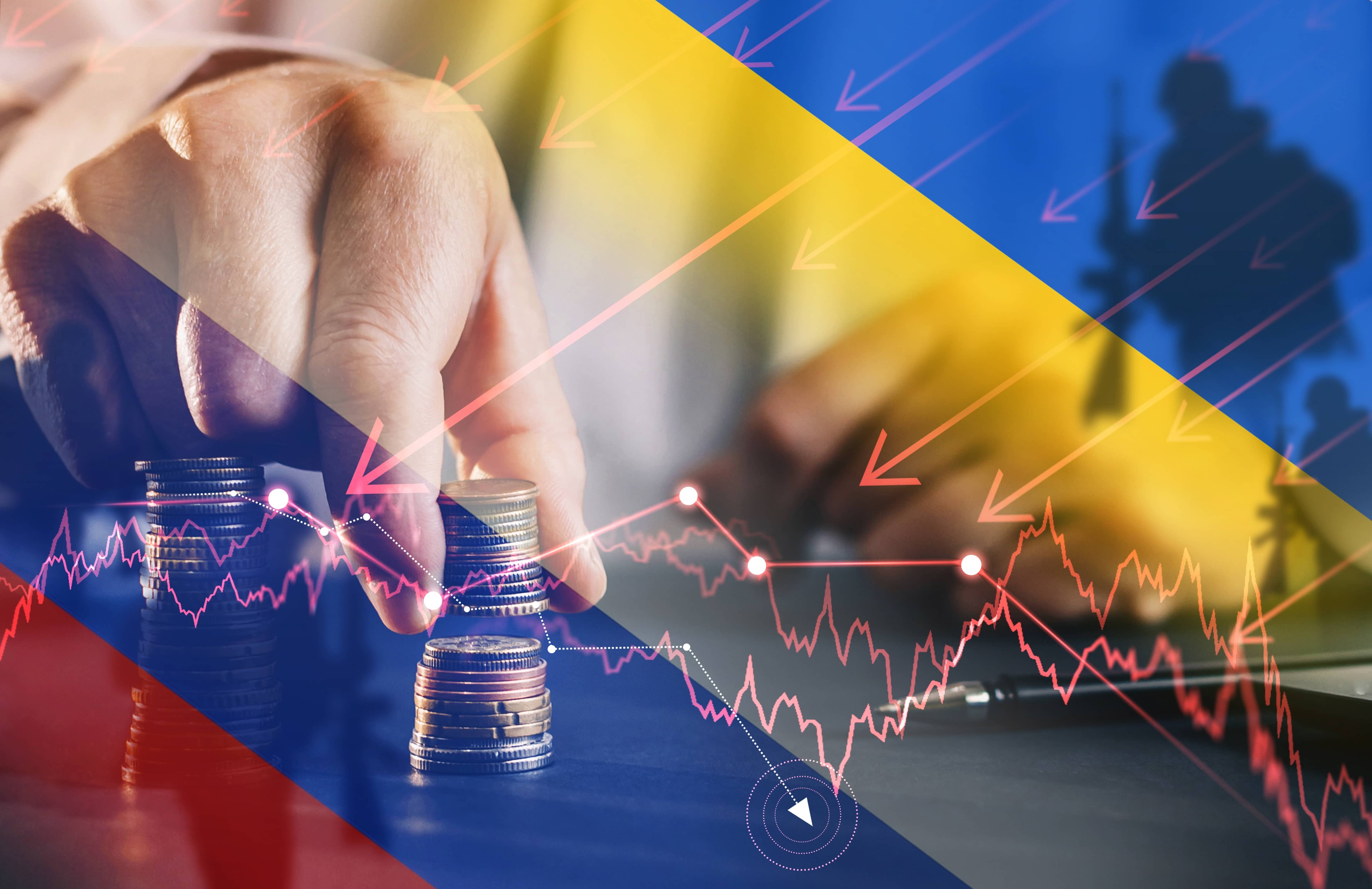Russia’s invasion of Ukraine is not only significant as the largest mobilisation since WWII but also for the weaponisation of capital markets and the structural shifts that have taken place in ETFs.
First, we saw the complete collapse of the Russian market which left ETFs in an unprecedented position.
Within weeks of the invasion, the Moscow Exchange closed, MSCI branded Russia “univestable” and asset managers killed off the primary market for Russia ETFs by halting creations and redemptions.
Soon after, exchanges across Europe halted trading of existing Russia ETF units, wiping out ETFs’ second layer of liquidity and leaving existing investors trapped in their positions.
After Russian securities were priced to zero by index providers, Russian law 114-FX cancelled the foreign derivatives programmes on the country’s stocks, meaning investors either held baskets that were full of marked-down equities or nothing at all.
The following months saw most ETF issuers shut their Russia ETFs, with Amundi closing its product this month after MSCI deleted its underlying index. On the day of the conflict's anniversary, HSBC Asset Management closed its strategy, marking the end of Europe-listed Russia ETFs.
Energy burned hot
Elsewhere, the conflict acted as a tailwind for energy ETFs, with products targeting the sector making up 12 out of 15 of the top-performing Europe-listed ETFs over the past 12 months, according to justETF.
Even as Russia marched 100,000 troops to the Ukrainian border prior to the invasion, ETF Stream named the iShares Oil & Gas Exploration & Production UCITS ETF (SPOG) ETF of the month last February after the price of oil surged, lifting it to 298% returns in the 23 months since its March 2020 lows.
A year ago today, Brent Crude surged 7% in a day to over $100, its highest level since 2008.
Amid high demand for energy exposure, Barclays had to halt new share creations of its iPath Brent Crude exchange-traded note (ETN) after exceeding the $20.8bn capacity allowed by its shelf registration statement by an additional $15.2bn. The bank said in a statement the capacity issues were unrelated to the Russia-Ukraine conflict.
Outside of traditional energy, green energy focused ETFs enjoyed a renaissance. The iShares Global Clean Energy UCITS ETF (INRG) has returned 9.5% over the past year, as at 22 February, with clean energy strategies some of the only thematic ETFs to enjoy positive returns in 2022.
This followed tailwinds such as the €315bn RePowerEU and $374bn US climate bill as western policymakers looked to diversify their energy mix.
To the same effect, the EU’s taxonomy of sustainable industries expanded to include nuclear energy, which was followed by the launch of the continent’s first uranium ETFs, courtesy of Global X, HANetf and later VanEck.
In its market review a year on from the conflict, MSCI said: “Russia’s invasion gave a short-term boost to fossil fuels, yet it also spurred a clean-energy arms race.”
ESG reflection
The Russia-Ukraine conflict also raised interesting arguments in the ongoing debate around defining ESG.
First, the political nature of the discussion was evidenced once again as some questioned whether western weaponry manufacturers should be included in ESG indices, given weapons are being sent to support Ukraine's defence and other European nations began to shore up their security. Also because most investors in ESG products tend to be based in countries opposed to Russia.
A more valuable contribution came from researchers sifting through ESG ETFs for Russian exposures and finding loopholes allowing ‘bad actors’ into sustainable indices.
One example highlighted by the Anthropocene Fixed Income Institute (AFII) was the L&G ESG Emerging Markets Corporate Bond UCITS ETF (EMAU). The underlying index from JP Morgan was found to contain bonds issued by Russia’s largest coal miner SUEK.
Despite the index applying coal exclusions and the Irish vehicle issuing the bonds being called “SUEK Securities”, data provider Sustainalytics gave it an average ESG rating instead of the rating attributed to the parent company.
Stephanie Mielnik, director of research at AFII, suggested EMAU case study shows ETF issuers and index providers need to do more look-through on bond issuance as well as employing more experts with understanding of bond guarantors, money flows and bond issuance structures.
New themes emerge
Finally, the invasion underlined gaps in the thematic ETF market. While hopefully not in an ESG context, the conflict highlighted the lack of a defence sector UCITS ETF.
European investors may be apprehensive about investing in an industry snubbed by most sustainable strategies, however, US-listed products such as the SPDR S&P Aerospace & Defense ETF (XAR) have returned 7.8% over the past 12 months and 22% since September 2022 as countries started escalating armaments sent to Ukraine.
Also, amid broader escalation in geopolitical tensions, including Chinese military exercises around Taiwan, pressure mounted on western countries to continue reshoring the supply of essential goods.
This continues a trend that started with the rise of populist politics in Europe and the US, trade tensions with China and supply chain disruptions during COVID-19 lockdowns.
In 2022, a total of 350,000 jobs were reshored to the US and the term was mentioned in 180 separate US company earnings calls in a single quarter, according to Société Générale.
A year on from Russia’s invasion of Ukraine, questions remain such as when Russian securities will become tradable again, how volatile energy prices will be and whether geopolitical risk will remain front and centre for ETF investors.
Related articles











